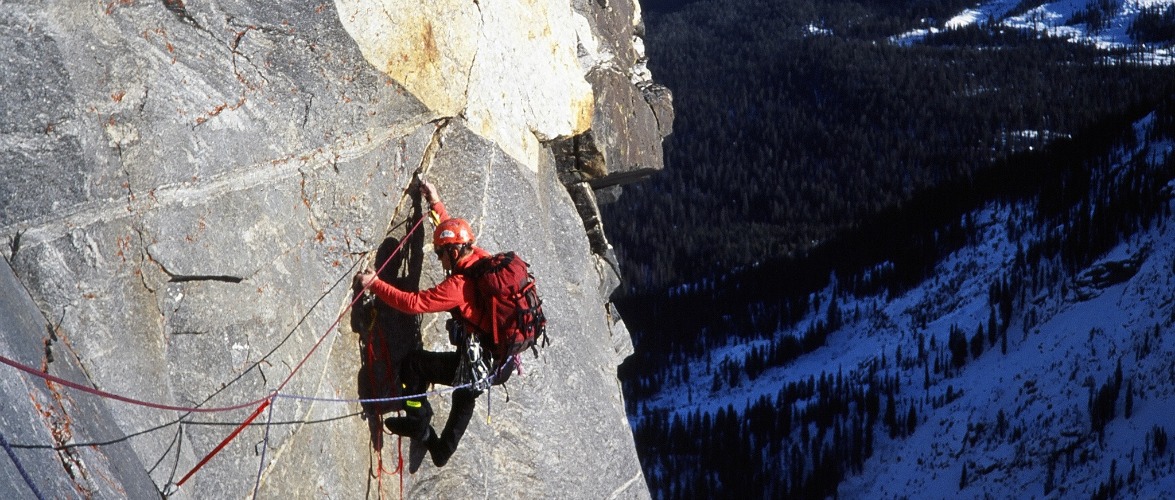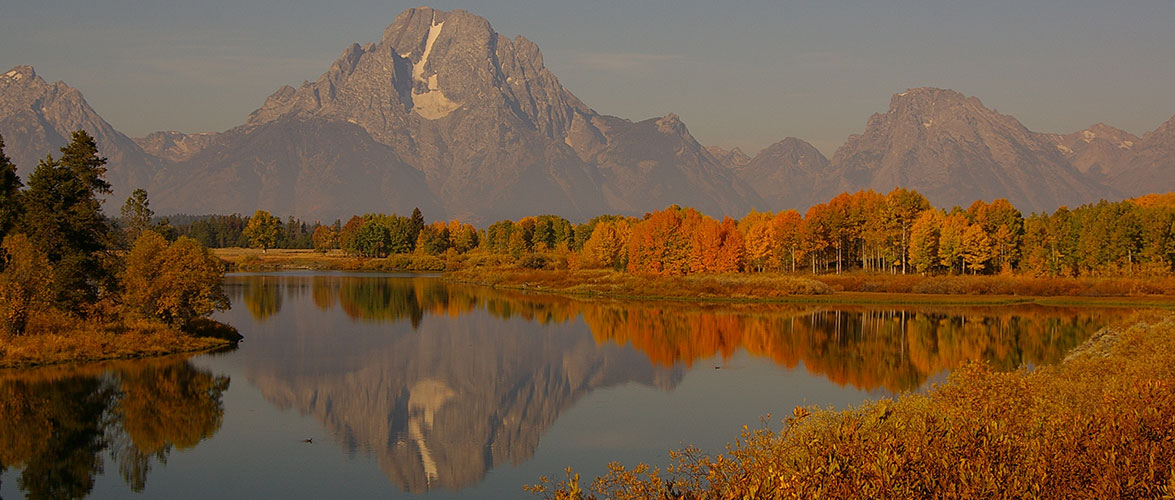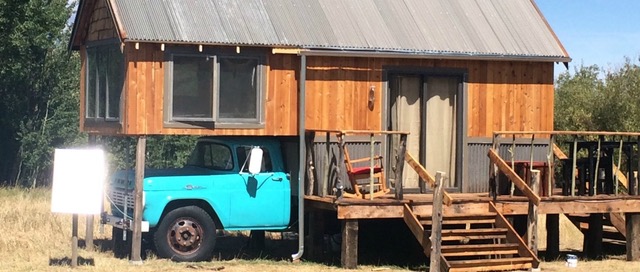Finger tips crimping millimeter wide ledges, toes balancing on nubbins, a man on a vertical rock wall more than 3,000 feet high swings his left foot up and out smearing it against a vertical edge, reaches palm up with his left hand to grip a downward pointing flake of rock, and in a move requiring precisely apportioned oppositional forces presses with the foot, pulls with the hand, and repositions his other hand on another small edge and the other foot on another sloping nubbin in order to reach up again with his left hand to grab a slightly larger and more secure edge to continue his upward progress. If the karate-kick like move had failed, if his foot had slipped or if his hand had missed the exact spot that maximized oppositional force, he would have fallen over 2,000 feet to his death. It’s a scene from the Oscar award winning documentary Free Solo of Alex Honnold accomplishing an unprecedented free-solo ascent of El Capitan in Yosemite Valley, and even for experienced rock climbers, watching him move through that section of a 3,000 foot climb, with no ropes or safety equipment, is nauseating.
The scene also captures the essence of death-defying pursuits that humans engage in, often for little or no monetary or material reward, pursuits that are ostensibly contrary to our normal survival instincts or even flat-out irrational. They include but are not limited to free-solo rock climbing, base jumping, paragliding, big-wave surfing, alpine mountaineering, and ski mountaineering (a form of backcountry skiing on high, steep, exposed alpine peaks where one slip or one small snow avalanche can be fatal).
So where does economics come in on explaining this kind of human behavior, a behavior that can’t be measured by things like wages and income? Apparently nowhere. A quick on-line search brings up much on the economic impacts of these sports. But nothing comes up about how or why humans do these things. For climbing, John Cochrane on his blog The Grumpy Economist noted Alex’s accomplishment but only in that it got him “thinking about economic growth,” not about why in the world anyone would want to do that in the first place. And he certainly passed on trying to answer the deeper question yet of why anyone would want to commit their life or their prime working years to an activity that might prove fatal on any given day. These sports demand immense commitment. You must train fiendishly and basically live, eat, sleep and breath the activity, forsaking material goods and often relationships. And, all too often die doing so.
Writers have explored these sports and the people who pursue them, as in this Outside article by Nick Heil about the tragic death of three exceptionally accomplished climbers, noting, “How close one needed to stand—or fly, or ski, or surf—to their own mortality was, to me, a question of infinite fascination with no correct answer.” Filmmakers have included these activities in films with some success, including The Eiger Sanction, and most recently the Oscar Award winning Free Solo.
Despite this constant (though arguably sideline) presence in modern culture economists have avoided examining the motivations behind the pursuit of these activities. Yet if economists purport to model human behavior based on how we respond to incentives and based on rational thinking (ala the rational choice model) and the pursuit of self-interest, how do they explain the pursuit of these activities? Doesn’t it seem like we’re missing a huge opportunity to examine motivations around risk taking that might be pervasive throughout other fields such as finance and health with far-reaching influence on economies? Is it possible that strands of the underlying motivations behind these pursuits are woven throughout all human behavior? Is there a little bit of climber, skier, surfer and base jumper in each of us? And if so, might that lead to more frequent so-called black-swan outcomes than models might predict?
As Earnest Hemingway put it, “There are only three sports: bullfighting, motor racing, and mountaineering; all the rest are merely games.” Mountaineering, climbing and other pursuits where the probability of a bad outcome incorporates forces of nature and the consequences routinely involve death are not games. They are passions. Why haven’t we examined from whence these passions arise? Or examined the capacity for otherwise rational human beings to contain them?
Maybe economists should climb a mountain, a big mountain. Maybe they should surf a point break, kayak a whitewater river, ski the uncontrolled backcountry. Because it appears they’re missing something, something at first blush not rooted in rationality, something ineffable, something spiritual. Yet something intensely human just the same.
p.s.: Hint—possibly because….for some their time in the mountains—on a rock face, a knife edge ridge, a ledge, an airy bivouac, fingers on a dime edge, toes on sloping nubbin, space below, sky and wind above—is where there’s clarity, purity…of thought, of air, of life. Or death. Make the next move, the next step the next turn. It’s simple up there. It might be scary, but not scary like life in the world down below: where do I go next, why, people really care about this [car, house, nice pair of jeans, fancy meal]…..this…..shit….?. It might seem unpredictable up there, but not the human kind of unpredictability: who’s against me; what’s the meaning of that look, that sentence; did I just say the right thing or the wrong thing; who’s that, what do they want and why; why are they laughing. It’s simple up there. Your head is clear. There’s one task: don’t fall. It’s a combination of mental and physical awareness that can never be achieved anywhere else. There are no drugs, no artificial stimulants, no depressants. There’s no hang-over. You sleep well, exhausted, cocooned, below a universe of stars. And sometimes….sometimes you just don’t want to come back down……





